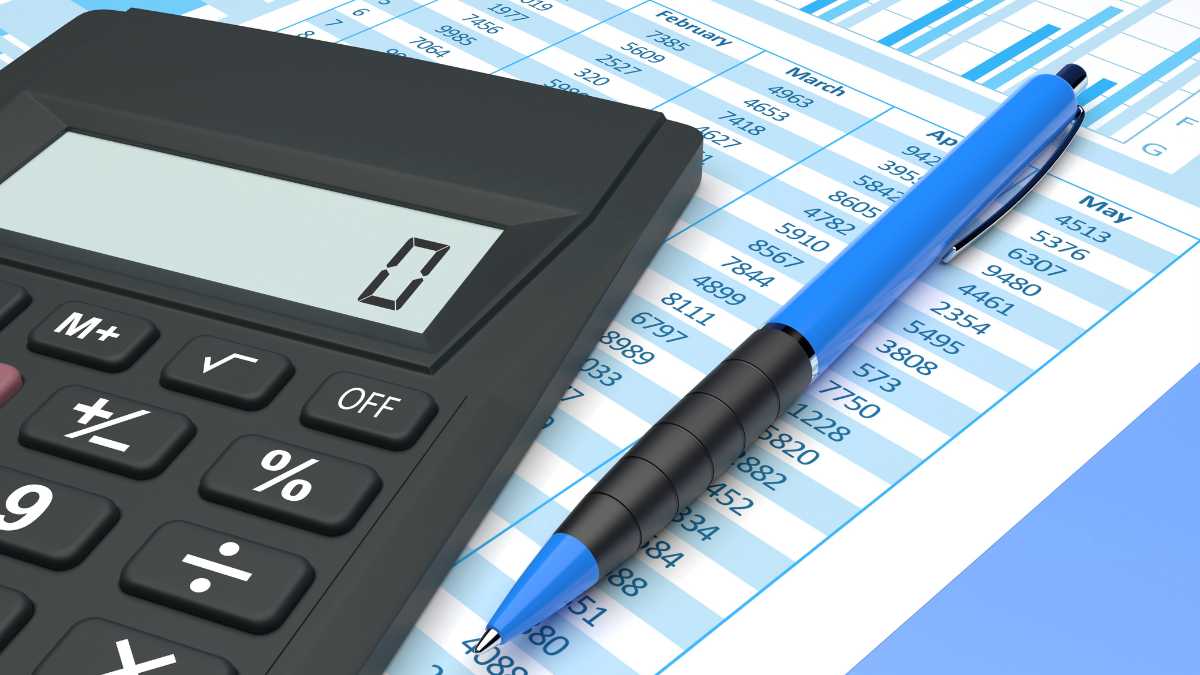Wednesday Feb 7 2024 08:29

10 min
Derived from the famous Fibonacci sequence, Fibonacci retracement allows traders and investors to identify potential support and resistance levels in the financial markets.
Using a series of horizontal lines, Fibonacci retracement helps to identify key levels where the price may bounce back or reverse. By plotting these levels based on the Fibonacci ratios, such as 38.2%, 50%, and 61.8%, traders can anticipate areas of price consolidation or reversal.
In this article, we will explore deeper into the concept of Fibonacci retracement, exploring its origins, its mathematical foundation, and its practical applications in the financial markets.
By the end, you'll have a solid understanding of how Fibonacci retracement can enhance your technical analysis skills and improve your trading decisions.
Fibonacci retracement is based on the famous Fibonacci sequence, a series of numbers where each number is the sum of the two preceding ones: 0, 1, 1, 2, 3, 5, 8, 13, 21, and so on. These numbers have a unique mathematical property where the ratio of any number to its preceding number approximates 1.618, also known as the Golden Ratio.
This ratio is found throughout nature and has been applied to various fields, including architecture, art, and finance.
In financial markets, Fibonacci ratios are used to identify potential retracement levels. The most commonly used ratios are 38.2%, 50%, and 61.8%. These ratios are derived from dividing a number in the Fibonacci sequence by another number that is two places to the right.
For example, 8 divided by 13 is approximately 0.615, which is close to the 61.8% Fibonacci ratio. Traders plot these retracement levels on a price chart to identify areas where the price may reverse or consolidate.
Fibonacci retracement can be used in any financial market, including stocks, currencies, commodities, and cryptocurrencies. It is a versatile tool that can be applied to different timeframes, from intraday trading to long-term investing.
The key is to identify significant price swings and apply Fibonacci retracement to those swings to anticipate potential reversal levels.

The basic formula for retracement level calculation is:
For an uptrend:
For a downtrend:
When applying Fibonacci retracement, traders typically start by identifying a significant price swing on a chart.
This can be a recent high or low, depending on whether you're looking for potential resistance or support levels. Once the swing is identified, the Fibonacci retracement tool is used to plot the retracement levels.
The most common retracement levels used are 38.2%, 50%, and 61.8%. These levels act as potential areas of support or resistance, where the price may bounce back or reverse. Traders also pay attention to the 50% retracement level, as it is considered a strong level that often attracts buyers or sellers.
To apply Fibonacci retracement, traders draw a trendline from the swing high to the swing low for an uptrend, or from the swing low to the swing high for a downtrend. The retracement levels are then plotted using the Fibonacci ratios.
These levels can help traders identify potential entry and exit points, as well as set stop-loss orders to manage risk.
It's important to note that Fibonacci retracement levels are not absolute, and they should be used in conjunction with other technical analysis tools and indicators. They are meant to provide guidance and serve as a reference point for potential price reversals.
Traders should always consider other factors, such as trend direction, volume, and market sentiment, before making trading decisions.
Fibonacci retracement is also a valuable tool for trend analysis. It can help traders identify the strength and duration of a trend, as well as potential reversal points. By applying Fibonacci retracement to a significant price swing, traders can gauge the extent of a retracement and anticipate where the trend may resume.
In an uptrend, traders would look for potential retracement levels as areas of support where the price may bounce back and continue its upward movement. The Fibonacci retracement levels can help determine the depth of the retracement and highlight areas where buyers may step in.
Conversely, in a downtrend, traders would look for potential retracement levels as areas of resistance where the price may reverse and continue its downward movement.
By combining Fibonacci retracement with other trend analysis tools, such as moving averages or trendlines, traders can gain a deeper understanding of the market dynamics and make more informed trading decisions.
It's important to remember that Fibonacci retracement is not a standalone tool but should be used in conjunction with other technical analysis techniques.

To apply Fibonacci retracement in charting tools, traders can use the built-in Fibonacci retracement tool or draw the retracement levels manually. Most charting platforms and trading software have a Fibonacci retracement tool that allows traders to easily plot the retracement levels on a price chart.
When using the Fibonacci retracement tool, traders typically select the swing high and swing low points and let the software automatically plot the retracement levels.
The tool will calculate the Fibonacci ratios and display the retracement levels as horizontal lines on the chart. Traders can then analyse the price action around these levels to make trading decisions.
If the charting platform or trading software does not have a Fibonacci retracement tool, traders can manually draw the retracement levels using the Fibonacci ratios.
This involves calculating the retracement levels based on the swing high and swing low points and drawing horizontal lines on the chart at these levels.
While this method requires more manual work, it can be just as effective in identifying potential support and resistance levels.

To illustrate the practical applications of Fibonacci retracement in stock market analysis, let's look at a few real-world examples.
In this case, the 38.2% and 50% retracement levels align with the 50-day moving average, indicating stronger support. Traders could consider buying opportunities around these levels, with stop-loss orders placed below the 61.8% retracement level.
In this case, the 38.2% and 50% retracement levels align with a previous support level, which may now act as a resistance level. Traders could consider selling opportunities around these levels, with stop-loss orders placed above the 61.8% retracement level.
Fibonacci retracement is a powerful tool in technical analysis that can help traders and investors identify potential support and resistance levels in the financial markets.
Traders should consider factors such as trend direction, volume, and market sentiment to validate their Fibonacci retracement analysis. By understanding the role of Fibonacci retracement and its practical applications in the financial markets, traders can enhance their technical analysis skills and improve their trading decisions.
So, start incorporating Fibonacci retracement into your analysis and unlock the full potential of your trading strategy.
Discover the benefits of trading with market.com.
“When considering “CFDs” for trading and price predictions, remember that trading CFDs involves a significant risk and could result in capital loss. Past performance is not indicative of any future results. This information is provided for informative purposes only and should not be considered investment advice.”